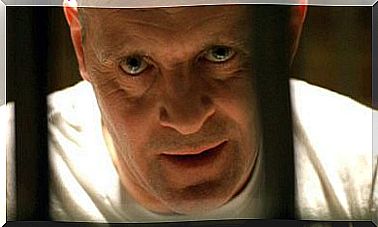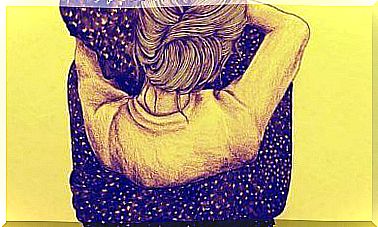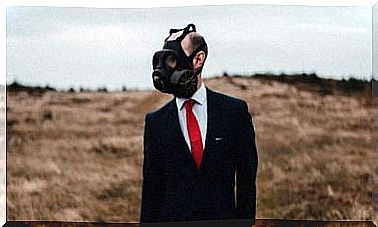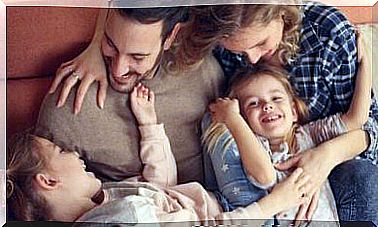Grief Therapy: Facing Goodbye

The death and loss of a loved one is a very hard process that we have gone through or will go through at some point. It is true that not all people have the same resources or tools to face it, however, sometimes this process becomes chronic and becomes a serious problem. In these cases, grief therapy can help us.
It is estimated that this occurs between 10-20% of the times that mourning goes through. For these cases there are different techniques, supported by different studies, which can help to overcome this state in which everyone can become “prisoners”. Among them, let’s talk about directed lamentation. On the other hand, and first of all, let’s try to differentiate normal grief from pathological grief, and let’s do it motivated by a question: to what extent is so much suffering normal?
Normal grief and pathological grief
Grief is a set of reactions on a physical, emotional and social level, which is triggered after a significant loss : in our case, the death of a loved one. Symptoms can fluctuate in intensity and duration, in some cases extending throughout life. In any case, remember that at first this is an adaptive reaction.
Grief, sadness and anxiety are the most common feelings, in that order, in addition to fear and loneliness. Feelings of guilt and reduced interest in everything around the person may also appear. It is normal for these symptoms to disappear within a period ranging from six months to a year.
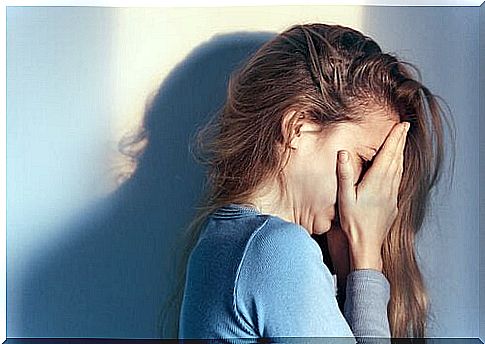
When emotional reactions are much more intense, make it difficult to continue daily life and last for more than a year, we can speak of pathological grief. In these cases, unusual symptoms also appear, such as hallucinations (visions or voices of the deceased) or suicidal thoughts. This process is usually complicated, furthermore, by other behaviors such as social isolation, personal carelessness or substance use. It is in this case that it is good to seek grief therapy so that professionals can help.
Grief Therapy: Therapeutic Strategies
In the treatment of pathological grief, both individual and group therapies are used. It has even been proven that in some cases it is very useful to use both. It is about enhancing the individual resources of each person, but also offering the social support necessary to end isolation.
In any case, the main goal of grief therapy is not to forget the deceased, but to transform the process so that remembering the person does not cause a blockage. The fundamental goals of this therapy would therefore be as follows:
- Facilitate the expression of feelings and experiences in relation to the deceased person. In many cases, the person remained silent and did not put into words what he felt or thought, making it difficult to overcome death.
- Dialogue about the circumstances that led to the death. Often, depending on the type of death that occurred (suicide, terrorist attack, etc.), grief becomes more painful. Talking about it will facilitate assimilation and acceptance.
- Focus therapy on solving everyday problems and readapting to normal daily life. Through small daily steps great results are obtained.
- Projecting the patient into the future, gradually bringing them back to incorporating rewarding activities into their routine. This will make the patient feel that despite everything, there are still things that can make him feel good.
Directed lamentation as grief therapy
This therapy is used in people who are experiencing psychological grief with avoidance behavior, emotional blockage and re-experiencing in the form of nightmares or invasive thoughts. In this sense, it is worth pointing out the role that directed lamentation can play. It consists of exposing the person to memories that relate to the deceased, especially shared experiences.
For example, it is often used to read letters or present a photo album. In any case, it is a question of breaking the disruptive emotional inhibition. The underlying mechanism that makes this type of therapy work is the weakening of the conditioned emotional response (sadness) through the repeated presentation of stimuli that generate the same response. That is, we make the patient expose himself to what causes him sadness over and over again until the emotion, in the face of frequent presentation, reduces in intensity.
This repeated exposure can also be driven by rewarding behaviors that were left out because they resembled the deceased. For example: going to the movies, traveling, going out to dinner, etc. In these cases, the gratification of the activity itself will also serve as the underlying mechanism of the therapy.

Indicators of recovery after pathological grief
How do we know that grief therapy worked? What behaviors determine recovery after pathological grief? Below we list a series of indicators or signals that allow us to differentiate such recovery:
- The person regained the biological constants regarding appetite and sleep.
- The verbal expression of feelings and affective expressions, such as smiles or hugs, reappear .
- The subject already engages in rewarding behaviors, resumes his social life and even participates in volunteer activities to help others.
- The memory of the deceased is already integrated as part of the personal history without triggering excessive negative emotions. Positive experiences are evoked with the person who is no longer there.
- Everyday life is enjoyed and future goals are set.
Grief is a normal process that requires personal preparation that is not always easy to do. In any case, knowing the pathological grief and some of the therapeutic solutions can help us to identify and face the last goodbye, in addition to motivating us to seek help from a professional in case we need it.

